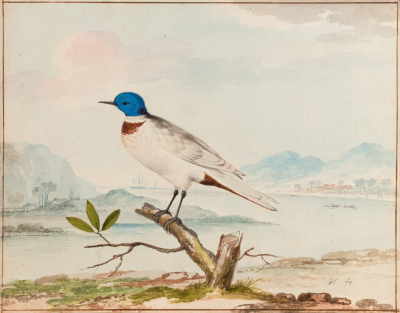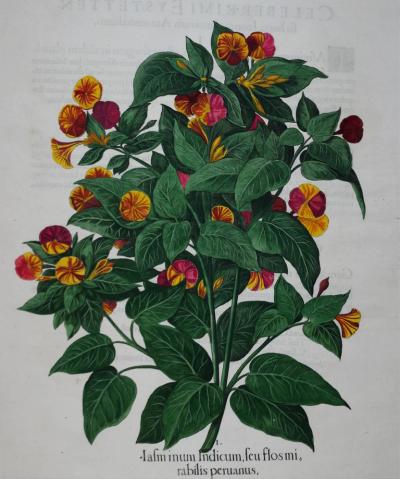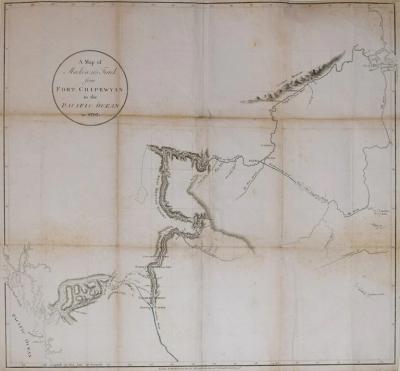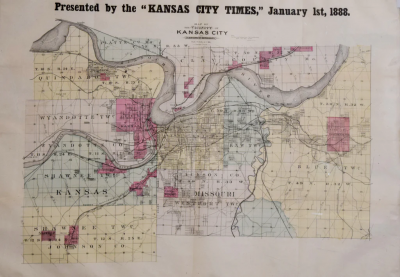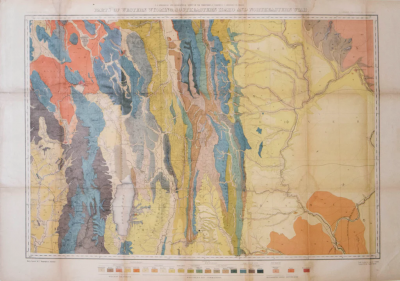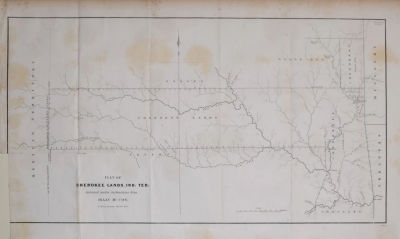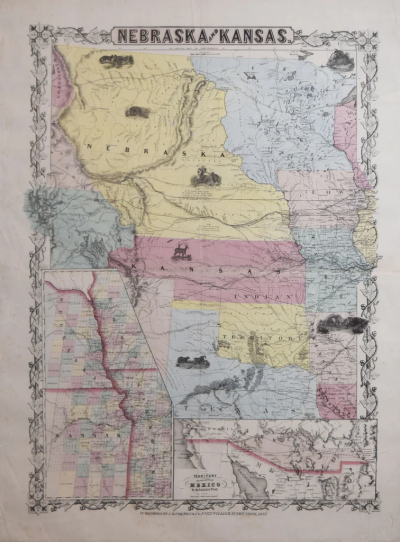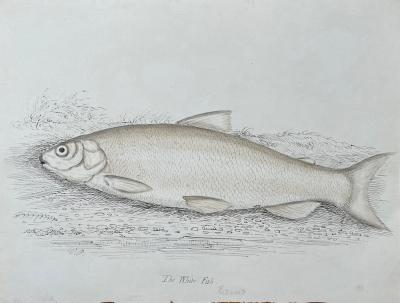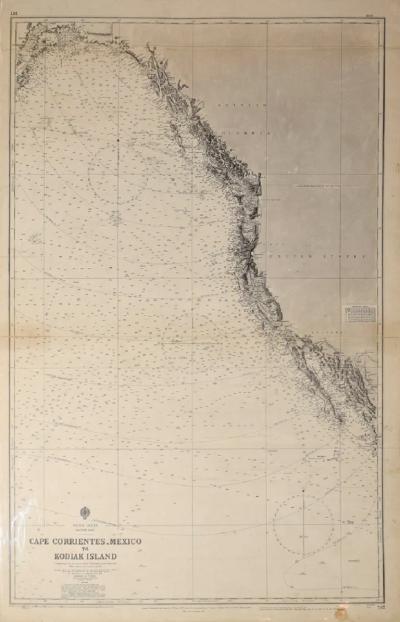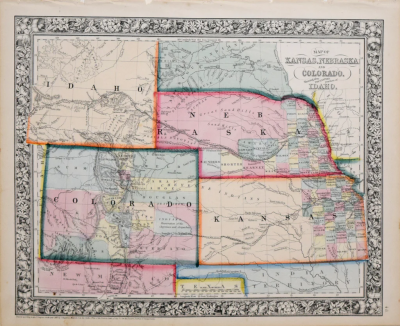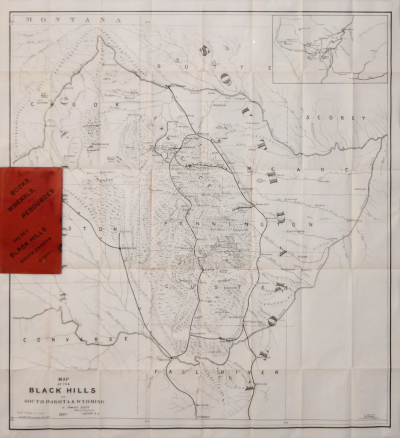American Bison or Buffalo, Plate LVI
-
Description
John James Audubon (1785-1851) & John Woodhouse Audubon (1812-1862)
From: The Viviparous Quadrupeds of North America
New York: J.J. Audubon, [1845-1849].
Drawn from nature by J.J. Audubon and J. W. Audubon, backgrounds after Victor Audubon, colored by hand by J. T. Bowen of Philadelphia
Frame; modern; 30 x 36"
In the 1830s, as the final plates were being completed for John James Audubon's monumental Birds of America series, the artist began to gather material for his second and equally ambitious undertaking. Planning to complete the definitive study of American wildlife, Audubon set out to document the animals of North America, and to present them in a format as impressive and sweeping as that he used for his birds. The result of the artist/naturalist's years of field research, travel, and seemingly endless study was the Viviparous Quadrupeds of North America, the outstanding work on American animals produced in the nineteenth century.
The Quadrupeds, as Audubon envisioned, would complete his record of the animal life of North America. The artist's enthusiasm at the start of the Quadrupeds was unbounded. In 1840, Audubon wrote to his friend and collaborator John Bachman, “I am growing old, but what of this? My spirits are as enthusiastical as ever, my legs fully able to carry my body for ten years to come…Only think of the quadrupeds of America being presented to the World of Science by Audubon and Bachman.”
Despite his newly acquired wealth and celebrity, Audubon insisted on executing many of the preparatory drawings and watercolors personally, enlisting a select few to help. The contributors to the project included Bachman, a Lutheran minister who had been the artist's closest friend and supporter for many years, who wrote all of the descriptions and acted as a scientific editor for the work. Audubon's two sons, John Woodhouse and Victor, also took critical roles. With his sons, Audubon traveled through the Eastern woodlands, and through Missouri to the Rocky Mountains. Together they collected and drew specimens along the Mississippi, as well as in coastal regions of Florida and the East Coast.
As Audubon's health and eyesight began to fail, the help of John Woodhouse and Victor became increasingly crucial to the Quadrupeds, now a family project. Audubon managed to complete seventy-seven drawings before failing health kept him from his work. Before he died in 1851, Audubon's sons managed to solicit some three hundred subscriptions for the Quadrupeds. Together, the three men, along with John Bachman, produced an unequaled record of American wildlife, matching the great combination of art and science attained in the Birds of America. Like that series, the Quadrupeds are wonderfully animated, superbly rendered, and beautifully printed in large format.
It was probably during his stay at Fort Union in 1843 that Audubon drew the studies that were to become two of his most celebrated images, his male and female buffalo. Inspired by these awkwardly majestic creatures, Audubon was later scolded by his friend and collaborator John Bachman for devoting too much attention to the buffalo and other large, dramatic animals. “I am afraid,” Bachman wrote, “that the shadows of the Elk, Buffalo, and Bighorn hid the little Marmots, Squirrels and Jumping Mice.” Later critical fortune sided with Audubon, however, as it is his memorable images of these more impressive animals that engage collectors most deeply.
Audubon left some of his most poignant statements in his notes on the buffalo, where he expressed conservationist sentiments that are preternaturally modern: “In the days of our boyhood and youth, Buffaloes roamed over the small and beautiful prairies of Indiana and Illinois, and herds of them stalked through the open woods of Kentucky and Tennessee; but they had dwindled down to a few stragglers... and soon after entirely disappeared. Their range has since that period gradually tended westward, and now you must direct your steps ‘to the Indian country,’ and travel many hundred miles beyond the fair valleys of the Ohio, towards the great rocky chain of mountains which forms the back-bone of North America, before you can reach the Buffalo, and see him roving in his sturdy independence upon the vast elevated plains, which extend to the base of the Rocky Mountains.” -
More Information
Documentation: Signed Origin: United States, Pennsylvania Period: 19th Century Materials: Lithograph with original hand-coloring. Creation Date: 1845-1849 Styles / Movements: Western, Color Incollect Reference #: 128588 -
Dimensions
W. 27.75 in; H. 21.25 in; W. 70.49 cm; H. 53.98 cm;
Message from Seller:
Founded in 1971, Arader Galleries is the leading dealer of rare maps, prints, books, and watercolors from the 16th to 19th centuries. Visit us at 1016 Madison Avenue, NYC, or contact us at 215.735.8811 | loricohen@aradergalleries.com |

















